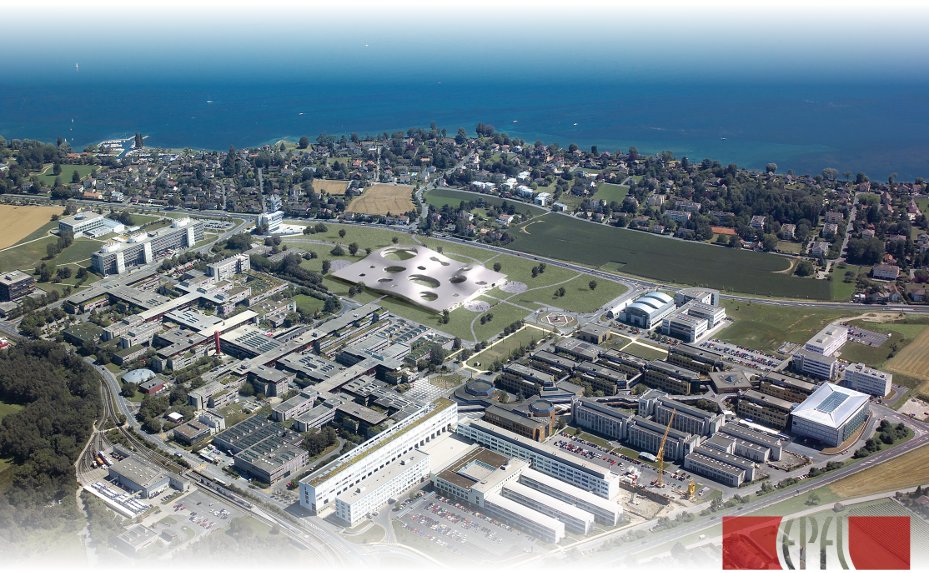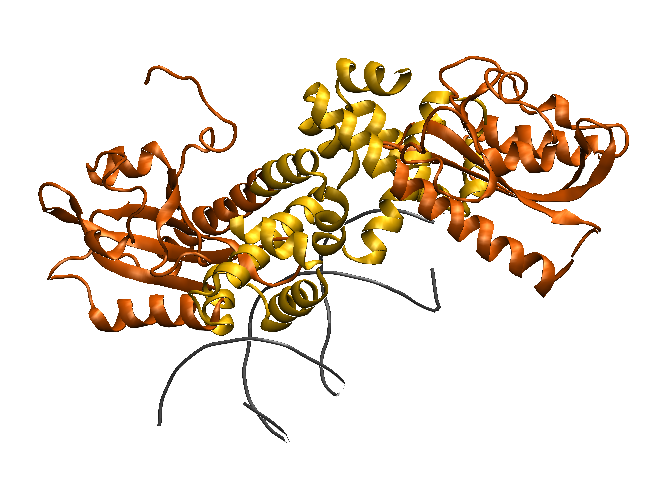Team:EPF-Lausanne
From 2009.igem.org
(→Concept) |
|||
| (63 intermediate revisions not shown) | |||
| Line 1: | Line 1: | ||
{{EPF-Lausanne09}} | {{EPF-Lausanne09}} | ||
| + | <div CLASS="epfl09front"> | ||
| + | [[Image:Mainpage.jpg|center]] | ||
| + | </div> | ||
| + | <div CLASS="epfl09bis"> | ||
| + | <br><br> | ||
| + | ==Concept== | ||
| + | <br> | ||
| + | <div style="text-align:justify;"> | ||
| + | [[Image:LovTAP_dimer.png|right|300px|thumb|LovTAP dimer bound to DNA]] | ||
| + | Recent discoveries of photoreceptors in many organisms got us excited about the possibility of using light-responsive genetic tools in synthetic biology. Indeed, such tools could in principle induce phenotypic changes in a more localized, preciser and faster fashion than currently available chemical-based methods. To evaluate the biotechnological potential of such tools, we specifically aimed to induce a change in gene expression, more specifically to directly turn a gene on or off, in a living organism, in response to a light stimulus. | ||
| - | + | For this purpose, we used a light-sensitive DNA binding protein "LovTAP" (for Light, Oxygen, Voltage Tryptophan-Activated Protein) to convert a light input into a chosen output, here fluorescence generated by the RFP reporter gene. | |
| - | + | ||
| + | The results clearly show that this light-induced gene switch tool works ''in vivo'', demonstrating the feasibility of implementing such powerful technology for a diverse range of bio(techno)logical applications. | ||
| - | + | </div> | |
| - | < | + | |
| - | + | ||
| - | + | ||
| + | <br><br><br><br> | ||
{| class="wikitable" style="text-align:center; width:100%;" | {| class="wikitable" style="text-align:center; width:100%;" | ||
|- | |- | ||
| Line 15: | Line 23: | ||
! scope=col | [[Image:Logo_Novartis.png|100 px]] | ! scope=col | [[Image:Logo_Novartis.png|100 px]] | ||
! scope=col | [[Image:Logo_Syngenta.png|80 px]] | ! scope=col | [[Image:Logo_Syngenta.png|80 px]] | ||
| + | ! scope=col | [[Image:Logo_UBS.jpg|200 px]] | ||
! scope=col | [[Image:Logo_ciba.jpg|80 px]] | ! scope=col | [[Image:Logo_ciba.jpg|80 px]] | ||
! scope=col | [[Image:Logo_nikon.jpg|60 px]] | ! scope=col | [[Image:Logo_nikon.jpg|60 px]] | ||
! scope=col | [[Image:Logo_tecan.gif|80 px]] | ! scope=col | [[Image:Logo_tecan.gif|80 px]] | ||
|} | |} | ||
| - | |||
| - | |||
---- | ---- | ||
<div style="position:relative; top:100px; left:500px"> | <div style="position:relative; top:100px; left:500px"> | ||
| Line 55: | Line 62: | ||
</div> | </div> | ||
| - | <div style="position:relative; top:-9px;"> | + | <div style="position:relative; top:-9px; left:80px"> |
| - | <html | + | <html> |
| - | <a href="http://www3.clustrmaps.com/counter/maps.php?url=https://2009.igem.org/Team:EPF-Lausanne | + | <a href="http://www3.clustrmaps.com/counter/maps.php?url=https://2009.igem.org/Team:EPF-Lausanne" id="clustrMapsLink"><img src="http://www3.clustrmaps.com/counter/index2.php?url=https://2009.igem.org/Team:EPF-Lausanne" style="border:0px;" alt="Locations of visitors to this page" title="Locations of visitors to this page" id="clustrMapsImg" onerror="this.onerror=null; this.src='http://www2.clustrmaps.com/images/clustrmaps-back-soon.jpg'; document.getElementById('clustrMapsLink').href='http://www2.clustrmaps.com';" /> |
| - | </a | + | </a> |
</html> | </html> | ||
</div> | </div> | ||
| Line 78: | Line 85: | ||
</html>--> | </html>--> | ||
---- | ---- | ||
| - | |||
</div><div CLASS="epfl09bouchon"></div> | </div><div CLASS="epfl09bouchon"></div> | ||
Latest revision as of 22:45, 21 October 2009
Concept
Recent discoveries of photoreceptors in many organisms got us excited about the possibility of using light-responsive genetic tools in synthetic biology. Indeed, such tools could in principle induce phenotypic changes in a more localized, preciser and faster fashion than currently available chemical-based methods. To evaluate the biotechnological potential of such tools, we specifically aimed to induce a change in gene expression, more specifically to directly turn a gene on or off, in a living organism, in response to a light stimulus.
For this purpose, we used a light-sensitive DNA binding protein "LovTAP" (for Light, Oxygen, Voltage Tryptophan-Activated Protein) to convert a light input into a chosen output, here fluorescence generated by the RFP reporter gene.
The results clearly show that this light-induced gene switch tool works in vivo, demonstrating the feasibility of implementing such powerful technology for a diverse range of bio(techno)logical applications.
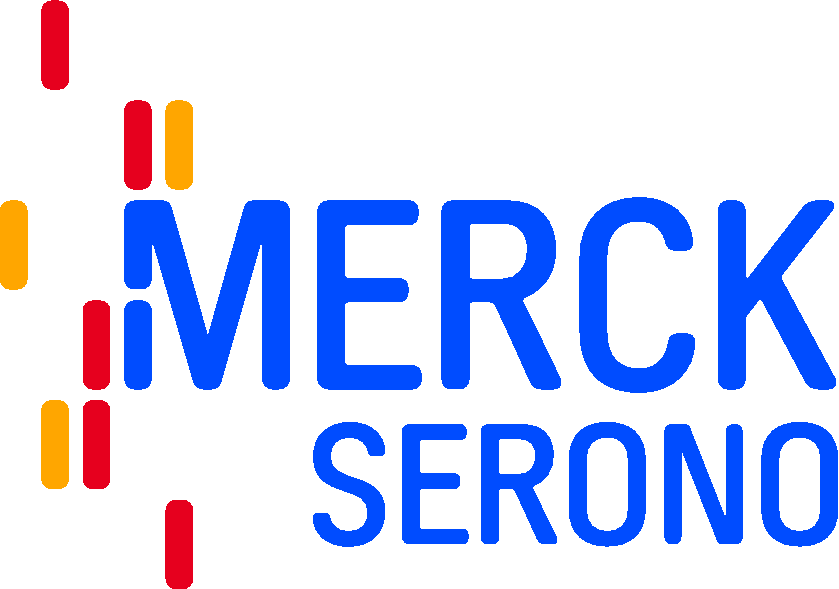
| | | 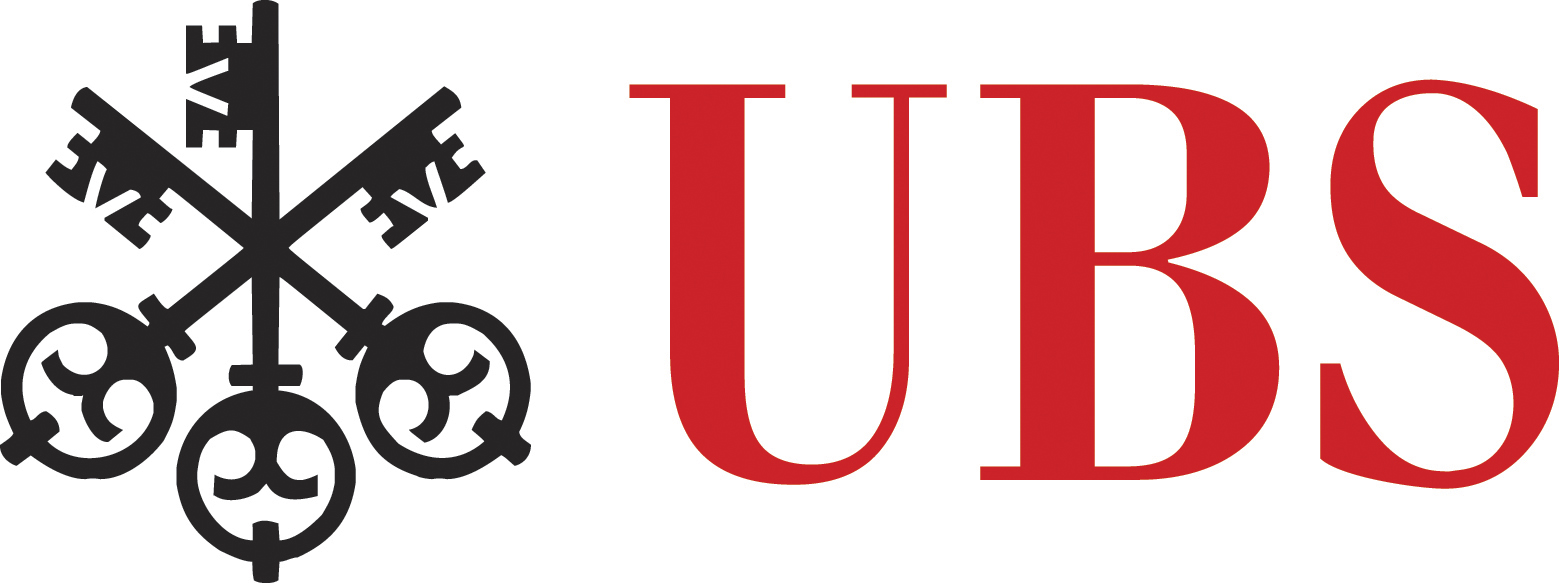
| 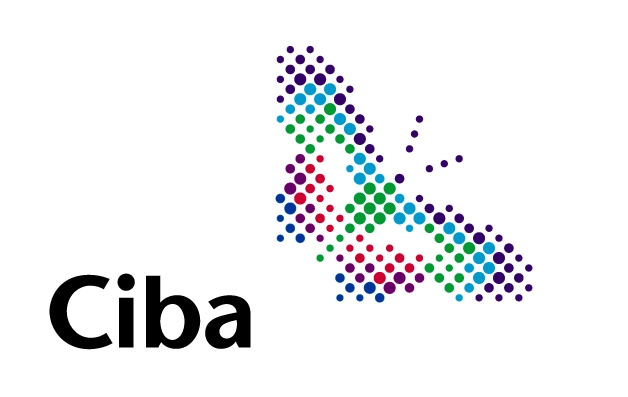
| 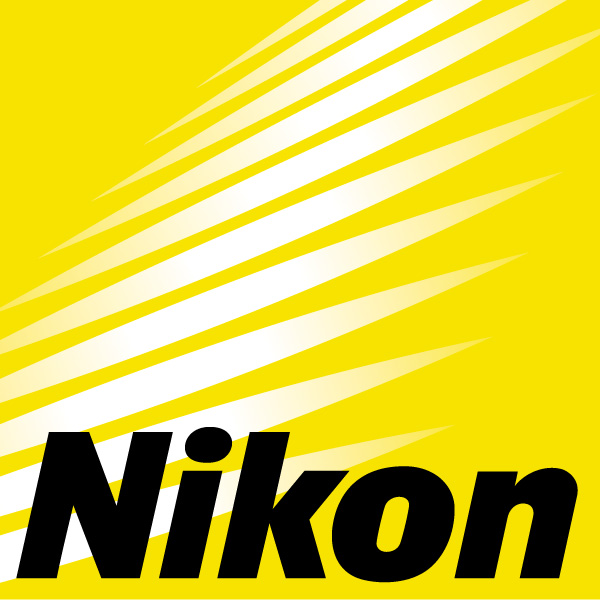
| |
|---|
 "
"

